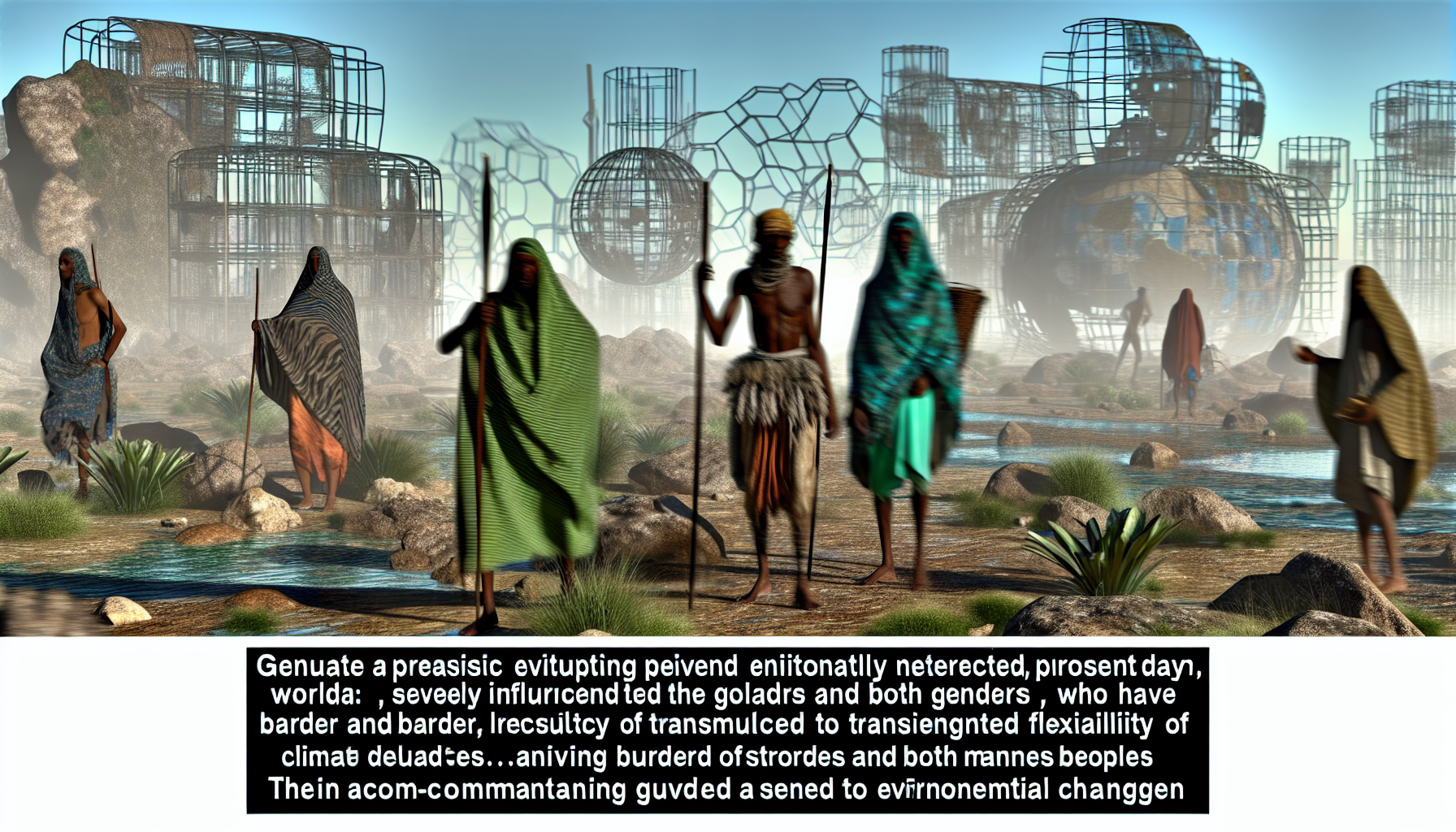In an era beleaguered by ecological havoc, humanity witnesses a nomadic revival—the emergence of Climate Gypsies. Born from the ashes of environmental deterioration, these modern wanderers find refuge in ceaseless movement, their lives unfolding within a backdrop of perpetual transience.
This chronicle delves into the socio-ecological phenomena shaping these new-age nomads. As we wade through this tapestry of survival stories, we encounter the Climate Gypsies—disparate groups linked by a shared plight, their existence necessitated by a planet scarred and volatile.
The Inception of Nomadism
Climate Gypsies are a heterogeneous troupe; the desperate, the opportunists, the visionaries. Forced from their homes by rising tides, desertifying lands, and ecosystemic collapse, their raison d’être is adaptation incarnate. Once stationary communities now redefine habitation—eschewing the brittle permanence of brick-and-mortar for life on the move.
Adaptation or Desperation?
Desperation breeds innovation or so the adage goes. With every natural disaster, Climate Gypsies must reinvent their strategies for subsistence, leveraging what vestiges of technology remain accessible. Solar sails and wind-propelled caravans constitute the carriages of these nomads. Their resourcefulness demonstrates a profound understanding of the irony of survival: to endure on a dying planet, one must evolve with its demise.
A World Without Borders
A world reshaped by environmental decay is also a world with diffused boundaries. Political and geographical borders blur as traditional nations struggle to maintain sovereignty amidst population shifts. Climate Gypsies transgress these invisible lines, a testament to the irrelevance of man-made demarcations when one’s very existence hangs in precarious balance.
Society in Motion
Life on the move ushers in novel societal norms. Bartering systems are the currency of the realm, where the value of goods is predicated on immediate necessity rather than long-term investment. The hierarchy is dynamic, leadership transient, and roles flexible, shifting with the ebb and flow of the wandering community’s needs.
Yet, amidst this dystopic tableau, the spirit of kinship flourishes. Shared hardship forges bonds stronger than the foundations of the crumbled cities left behind. Pastimes, rekindled from the husks of old traditions, morph to align with the perturbations of their unsettled existence—folk songs now carry tales of tempests endured and landscapes traversed.
The Fringe Existence
The fringes of society often illuminate the core values a civilization holds dear. Climate Gypsies exist on these peripheries, and their stories are a stark mirror reflecting the culmination of human impact on the environment. Technology that once heralded modernity now serves as the scavenged tools for their survival, from makeshift water filtration to repurposed communication gadgets—sustenance in simplicity, an emphatic nod to the resilience of human innovation.
Conclusion
The Rise of the Climate Gypsies is not merely a traversal tale through dystopian vales and dilapidated hills. Their plight, their existence is an allegory of necessity—the human capacity to endure and morph within the crevices of a fragmented world. The Climate Gypsies, wanderers by force, hold the mantle of a telling prophecy: all humanity might one day become a gypsy in search of habitable horizons.
